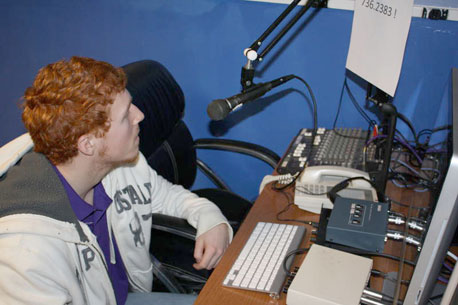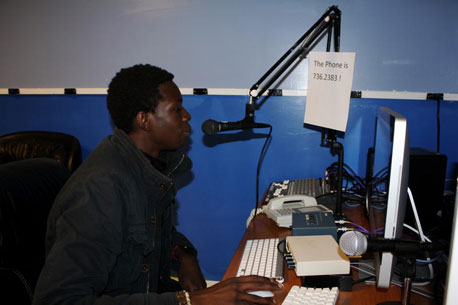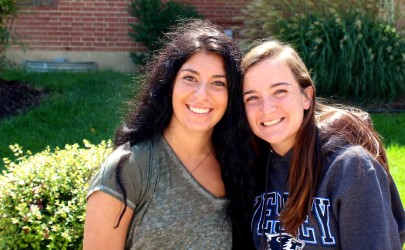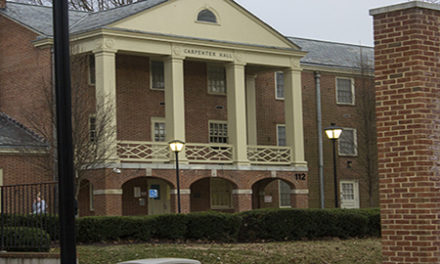By Chloe Dawson (Whetstone Staff Writer)
Listed as a free elective course, anyone can participate for credit or not.
Recently, the station has upgraded its software to MegaSeg, instead of using iTunes.
“It takes a lot more work than people think,†said freshman Denisha Baylor. “It takes a lot of dedication and patience because it requires setting up things ahead of time.â€
Dr. Michael Nielsen and April Abel advise the radio station.
Their goal is to teach students that their shows aren’t about getting people to like the music, but to learn to use their voices as effective communication tools.
Grades for DJs are based on how well they plan their shows.
“Having experienced students help newer students is important,” Abel said. “They teach them how to get familiar with the computers and becoming comfortable with broadcasting to an audience of people.”
“When I did my first broadcast last semester I was nervous because I wasn’t sure if the audience would want to listen to anything I had to say, but as I started doing it more I got more comfortable and I gained a lot of listeners,†Baylor said.
Over the years, the library of music available to DJs has changed.
“The library could beef up with some music that the students grew up with,†Nielsen said.
The most important thing students have to remember is the heavy guidelines that are put on them by the FCC standards.
“You have to make sure the music is appropriate for the station,†said senior Sontia Biggus. “We have to follow strict rules, which means no music with cussing.â€
For some students, being an on-air personality comes natural, while others get nervous.
“I’m never nervous,†Biggus said. “I like the fact of how comfortable I am. The mike feels like home.â€
The station is always expanding its horizons.
“We want to provide a fun, informative, and have an enjoyable listening for a broad audience,†Abel said.





